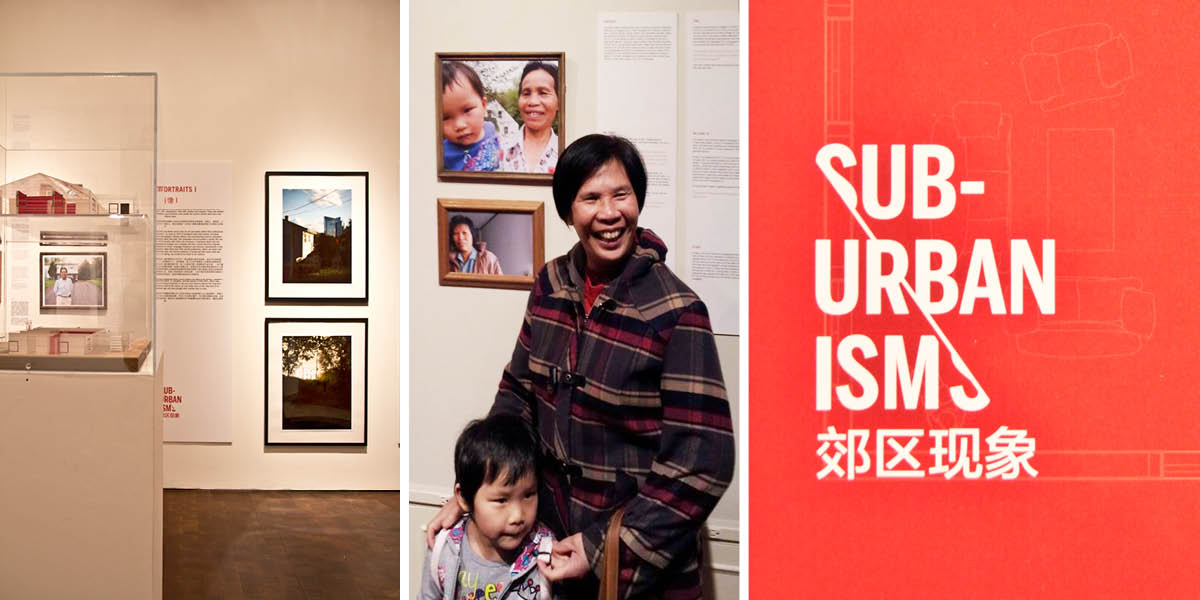SubUrbanisms
Exhibition / Publication / Public Programming / Venice Italy / New York, Massachusetts, Connecticut USA
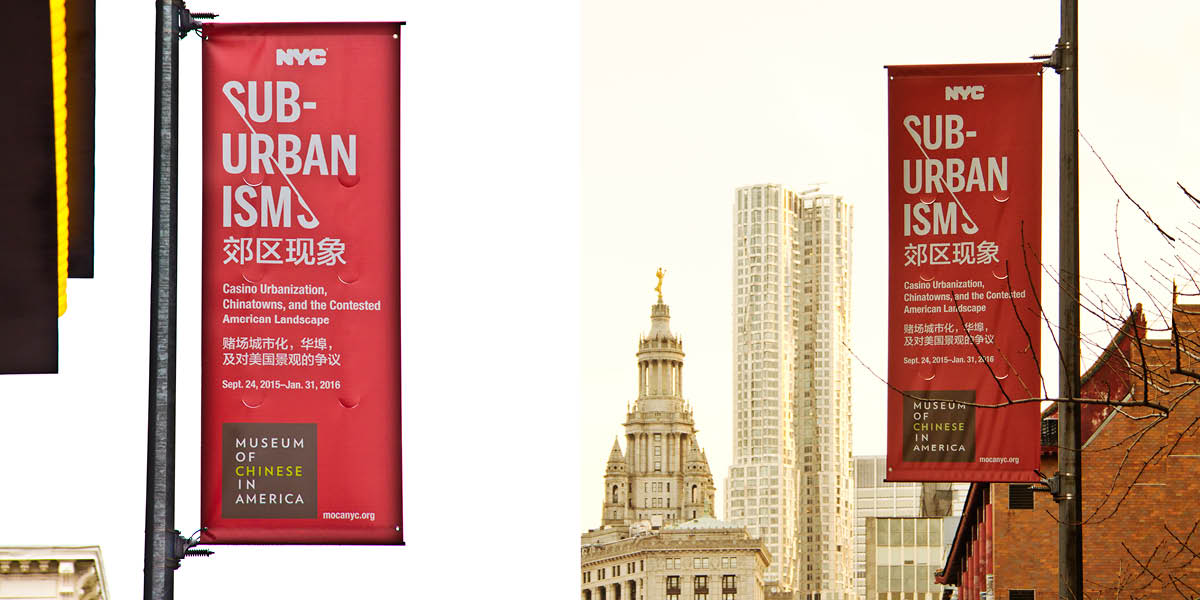
Winner of the
AASLH Leadership in History, Award of Merit American Association for State and Local History
Paul E. Buchanan Award Vernacular Architecture Forum
CLHO Award of Merit CT League of History Organizations
CCAPA Media Award CT Chapter, American Planning Association
"It should be a pilgrimage for any architect or urbanist..." -- Metropolis Magazine
"...fascinating show..." -- The New Yorker
E X H I B I T I O N
SUBURBANISMS: CASINO COMPANY TOWN / CHINA TOWN
February 8 – May 12, 2014; Lyman Allyn Art Museum, New London, CT USA
SUBURBANISMS: CASINO URBANIZATION, CHINATOWNS, AND THE CONTESTED AMERICAN LANDSCAPE
September 24, 2015 – March 27, 2016; Museum of Chinese in America (MOCA), New York, NY USA
October 2 - 26, 2018; University of Massachusetts, Amherst, MA USA
CODING CITIZENSHIP
May 26 – November 25, 2018; Included in the US Pavilion's Form N-X00: New Forms for Citizenship; Venice Architecture Biennale, Venice, Italy.
With graphic design by Stephen Fan and Shane Keaney
SUB URBANISMS is an exhibition exploring the controversial conversion of single family homes into multifamily communities by immigrant Chinese casino workers in southeastern Connecticut. By transplanting cultural values to their new country, these recent emigrants unconsciously challenge the norms underlying the most ubiquitous American housing type: the suburban single-family detached home. The exhibition invites visitors to reflect on the norms and cultural values that determine how we live, and to consider how cultural expectations for building design might further change in response to ecological, financial and societal pressures.
Combining photography, interviews and architectural representations, this exhibit probes the limits of inclusivity in a multicultural democracy when cultural practices conflict. With creative implications for the future of housing design and habitation, SUB URBANISMS offers a powerful inquiry into the ways in which culture shapes our lives and our homes.P U B L I C F O R U M
March 29, 2014; Connecticut College, Lyman Allyn Art Museum; New London, CT
Participants: Stephen Fan; Aron Chang, Waggonner & Ball; Chloe Taft, Yale University; Ellen Pader, University of Massachusetts, Amherst; Jason Vincent, Norwich Community Development Corporation; Adam Bowles, Journalist
· Listing home gardens as an authorized accessory use for residential sites, with no permit required.
· Removing off-street parking requirements in downtown Norwich in appreciation of the walkability of this neighborhood.
· Establishment of an Incentive Housing Overlay District in the neighborhoods near downtown to support higher density and transit-oriented development.
· Expansion of mixed use tools, particularly maximum density, in downtown that would enable creative re-imagination of the area along the Shetucket River.
· Creation of a Greenway Open Space District to enable altruistic dedications of land as open space along the Yantic and Shetucket river corridors for the purpose of transforming informal linkages into formal walkable corridors.
PERIPHERY: CHINATOWN EDGES
November 7, 2015; Van Alen Institute, Museum of Chinese in America, American Legion Lt. Kimlau Chinese Memorial Post 1291; New York, NY
Afterward, we convened for a discussion of the neighborhood’s thresholds and the role of social media in community mapping, accompanied by a projection of the afternoon’s photos as a backdrop.
Participants: Stephen Fan; Irene Chin, artist and filmmaker of The Lost Arcade; Diya Vij, NYC Department of Cultural Affairs; Beatrice Chen, Museum of Chinese in America
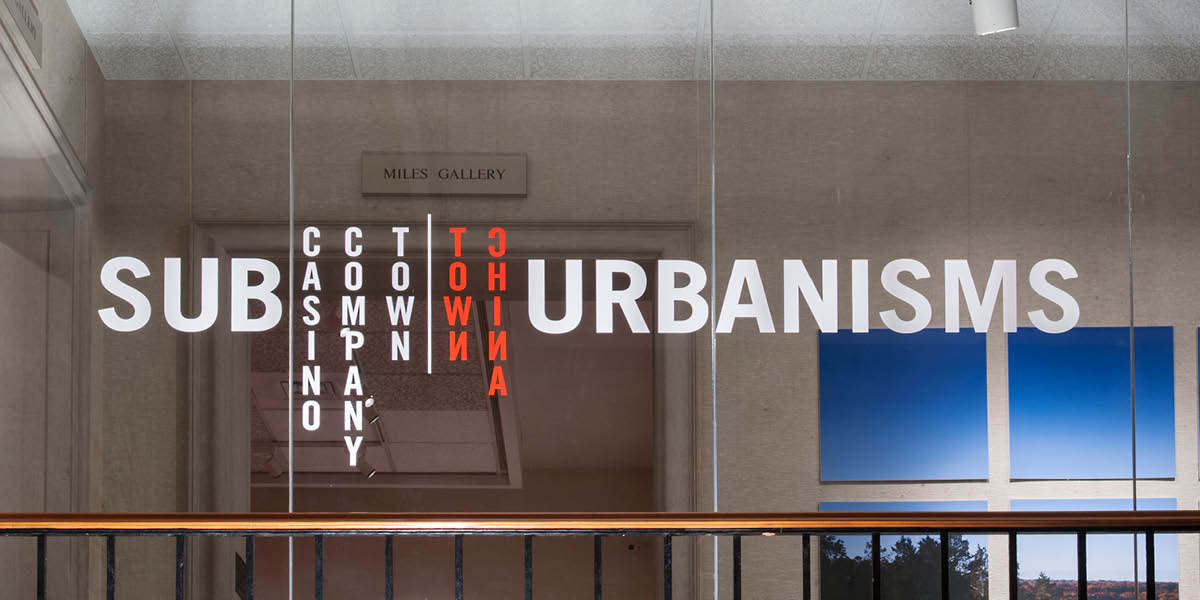
Multiple Perspectives. Photo: Anita Kan
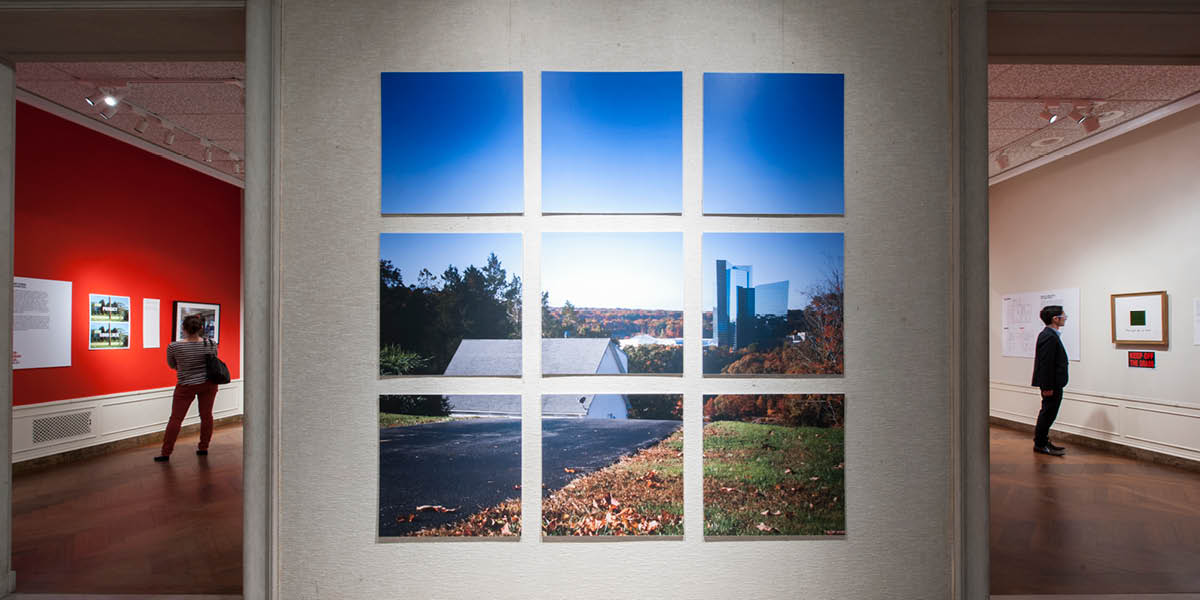
Multiple Perspectives. Photo: Anita Kan
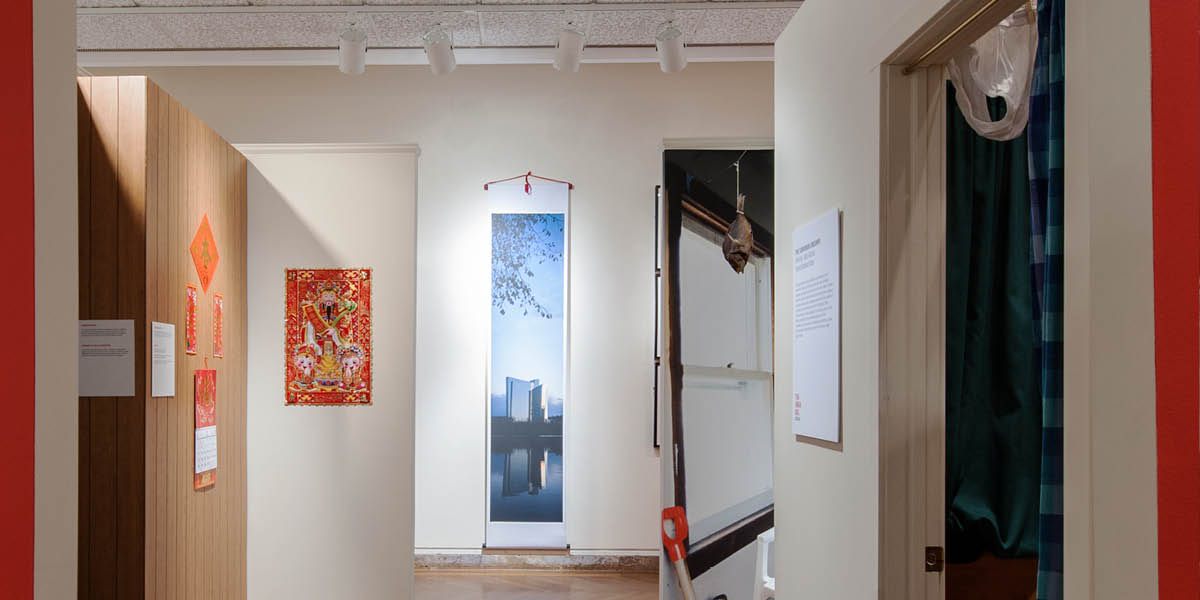
Multiple Perspectives. Photo: Anita Kan
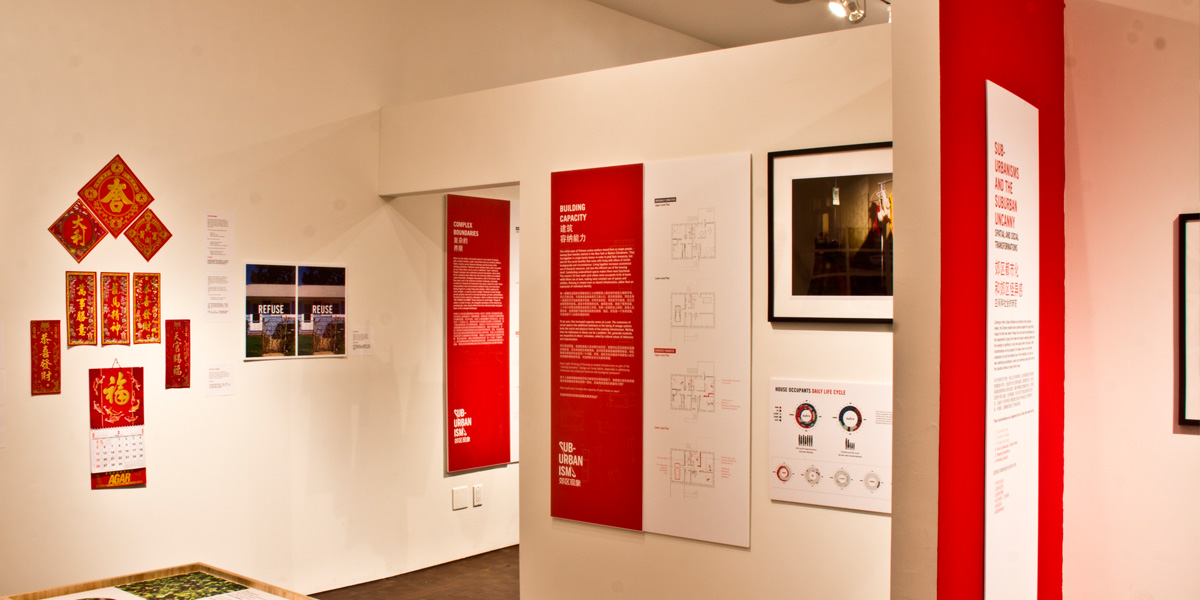
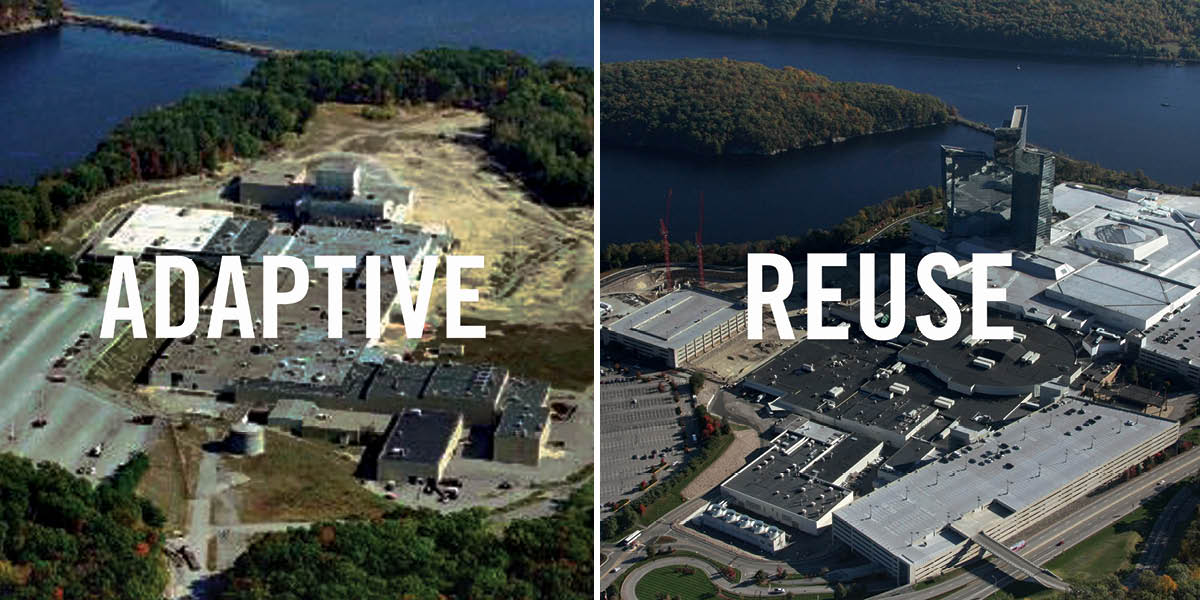
Post industrial development: a nuclear reactor facility repurposed and expanded into the second largest casino in the W Hemisphere
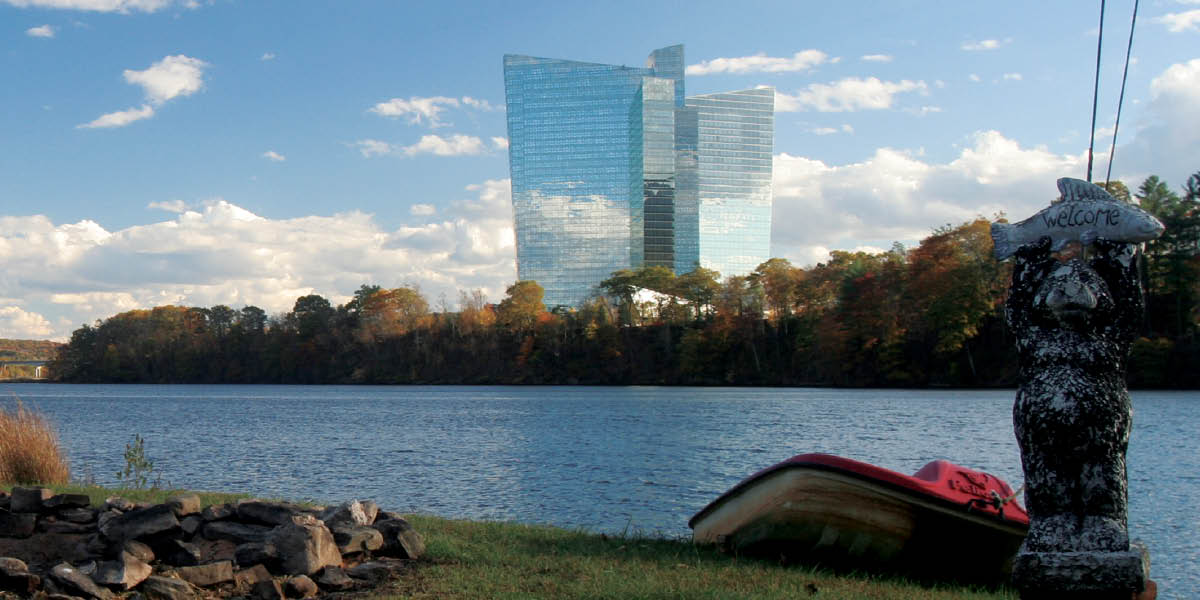
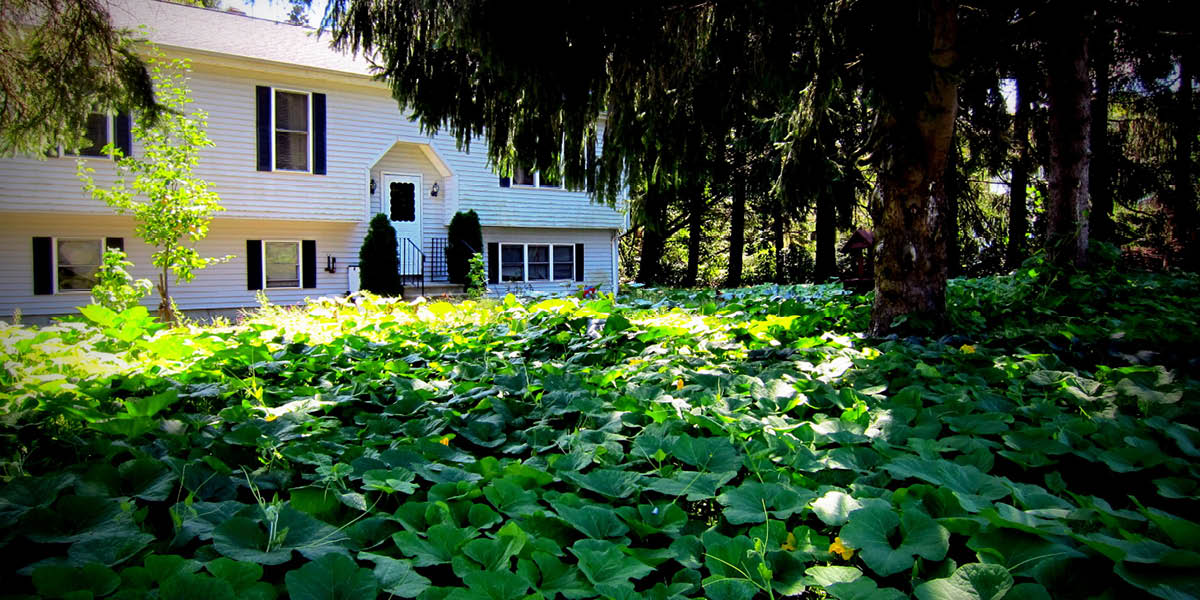
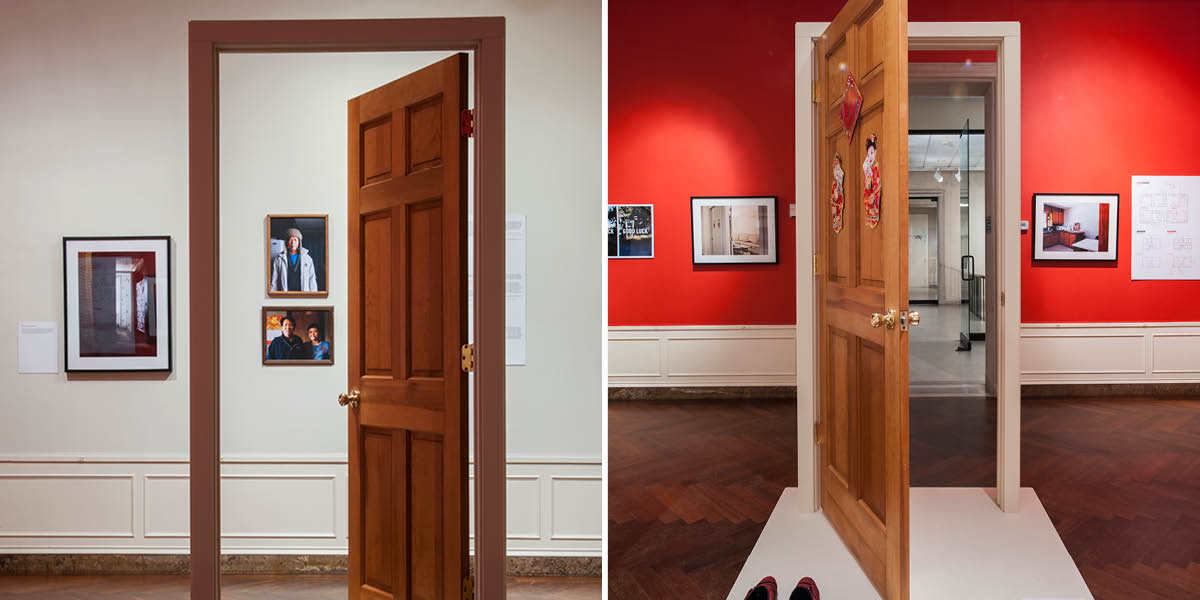
Readymade: Cultural Framings. Photo: Anita Kan
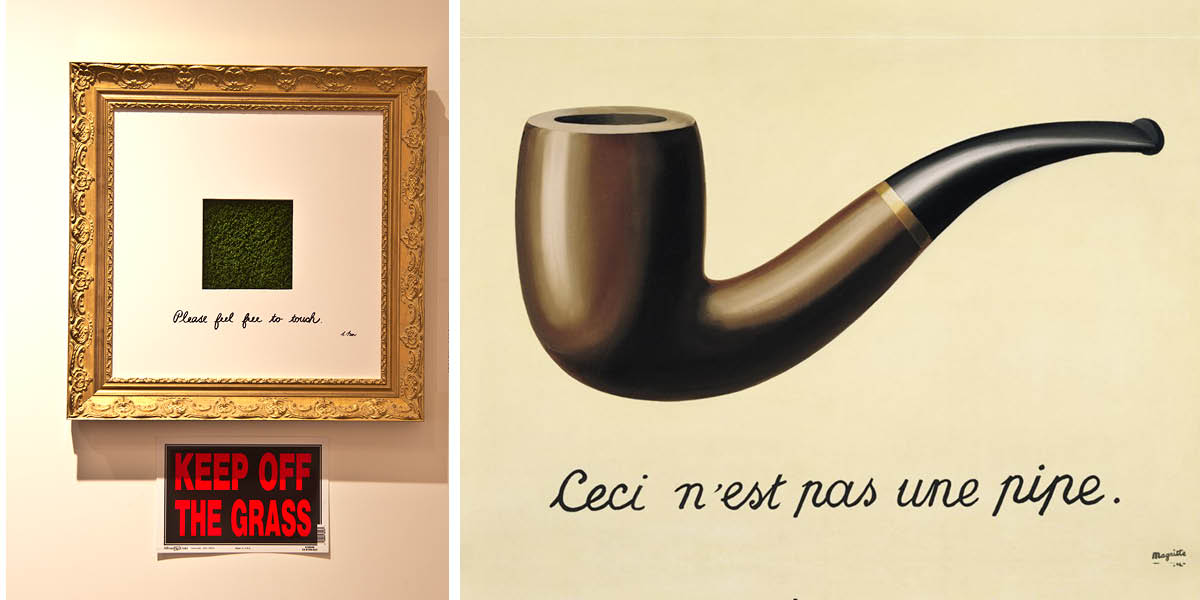
The Treachery of Signs + The Green Lawn Aesthetic
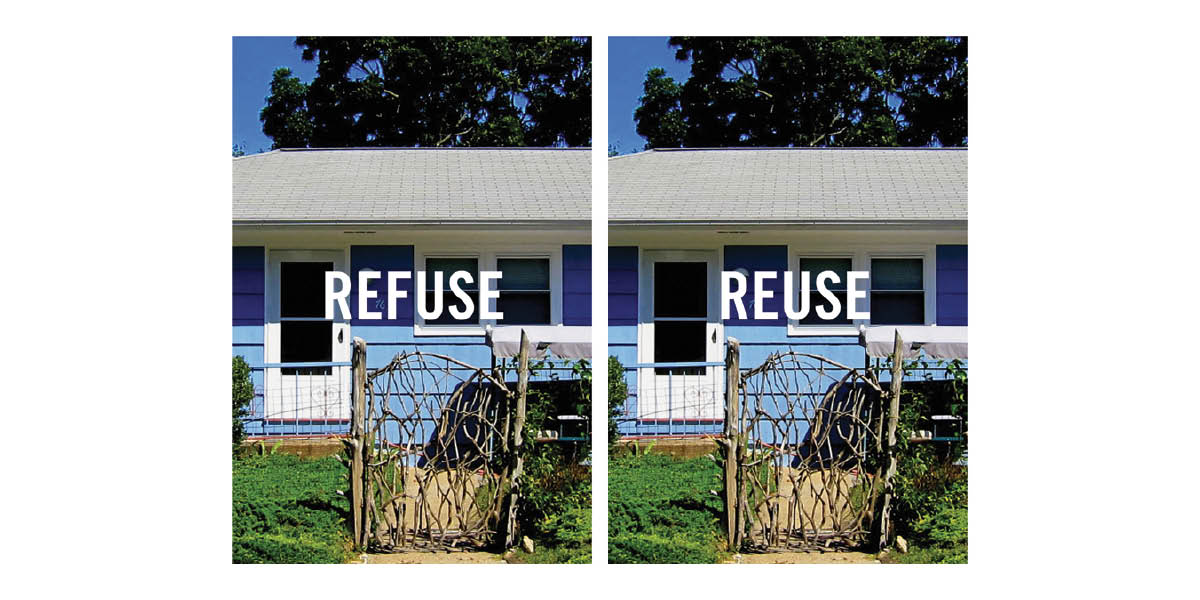
Art Nouveau Gate + Appropriations of HSBC 'Different Points of Value' Ad Campaign
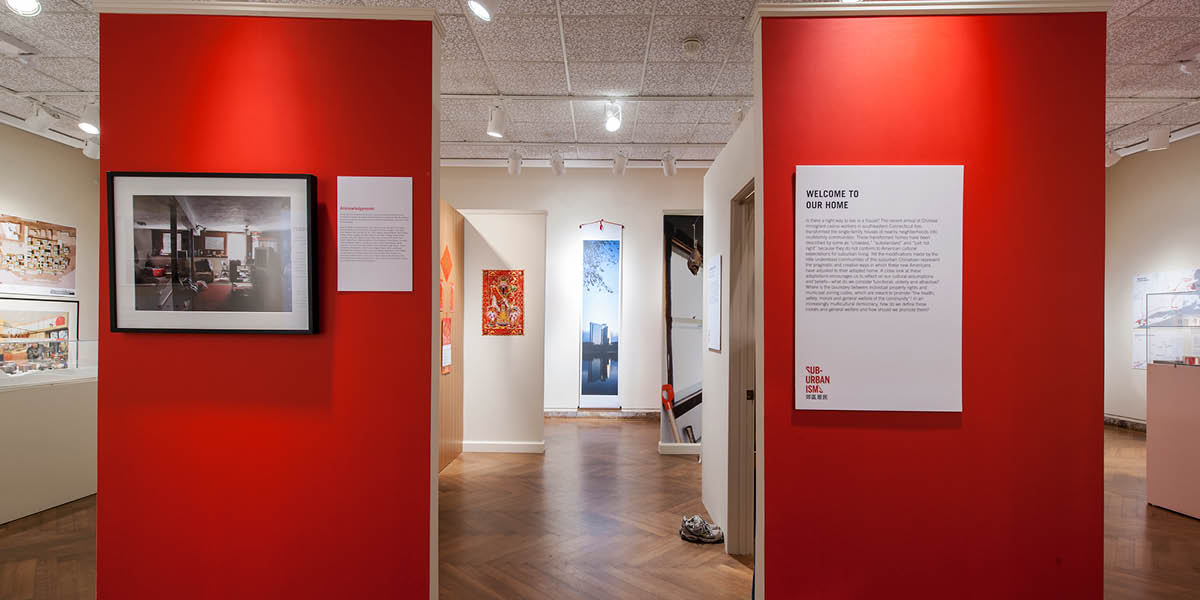
Multiplying Thresholds and Frames. Photo: Anita Kan
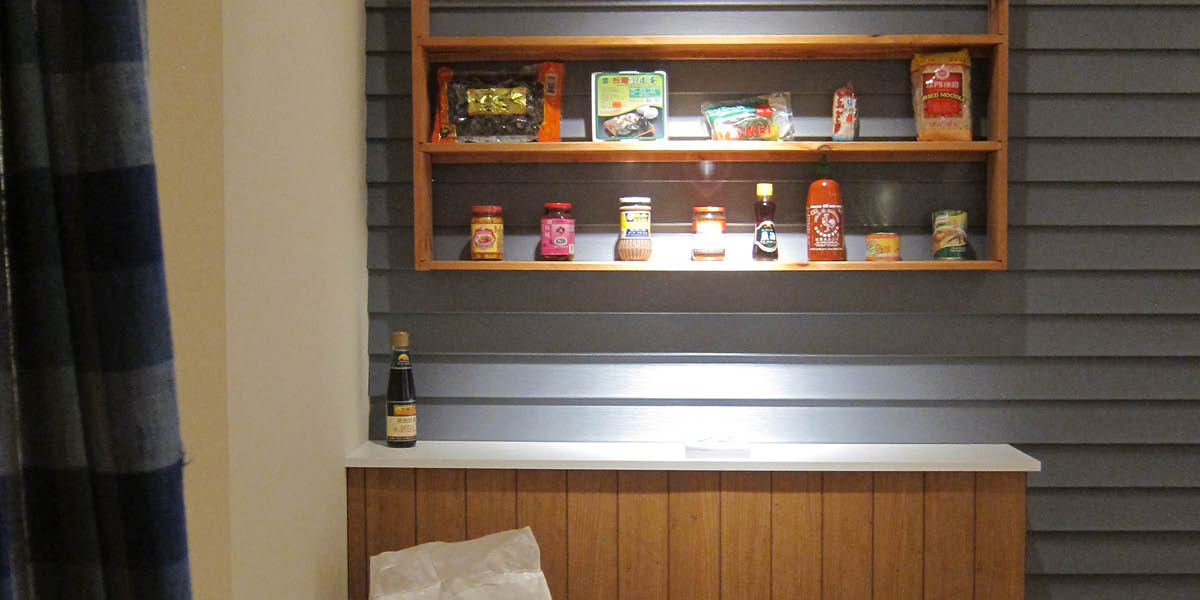
Interiorized Exterior
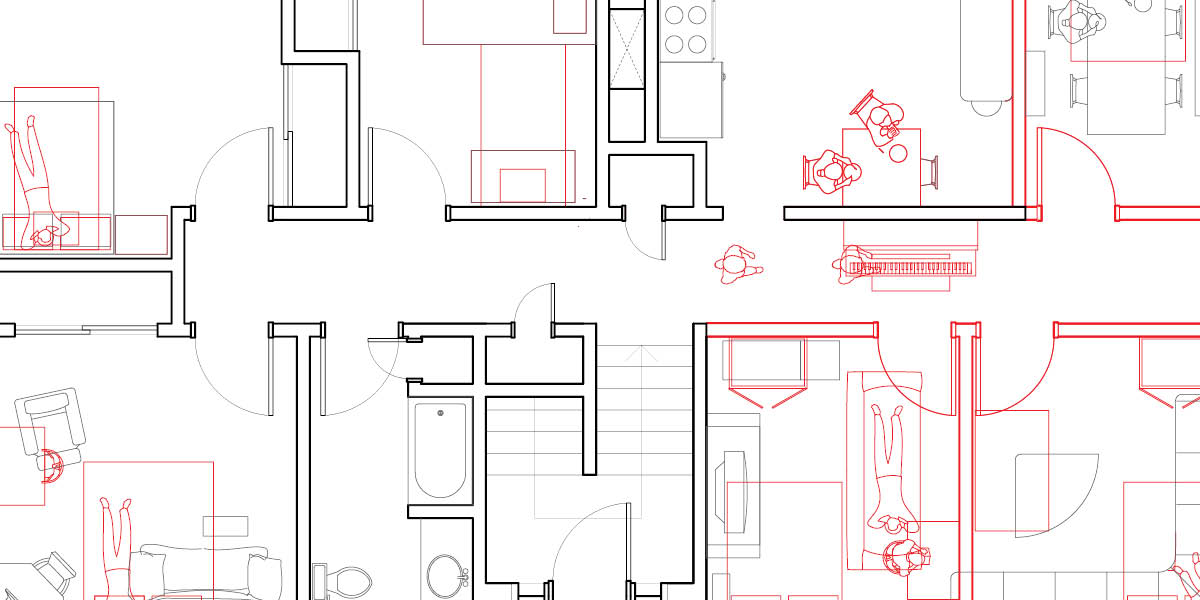
Suburban Palimpsest
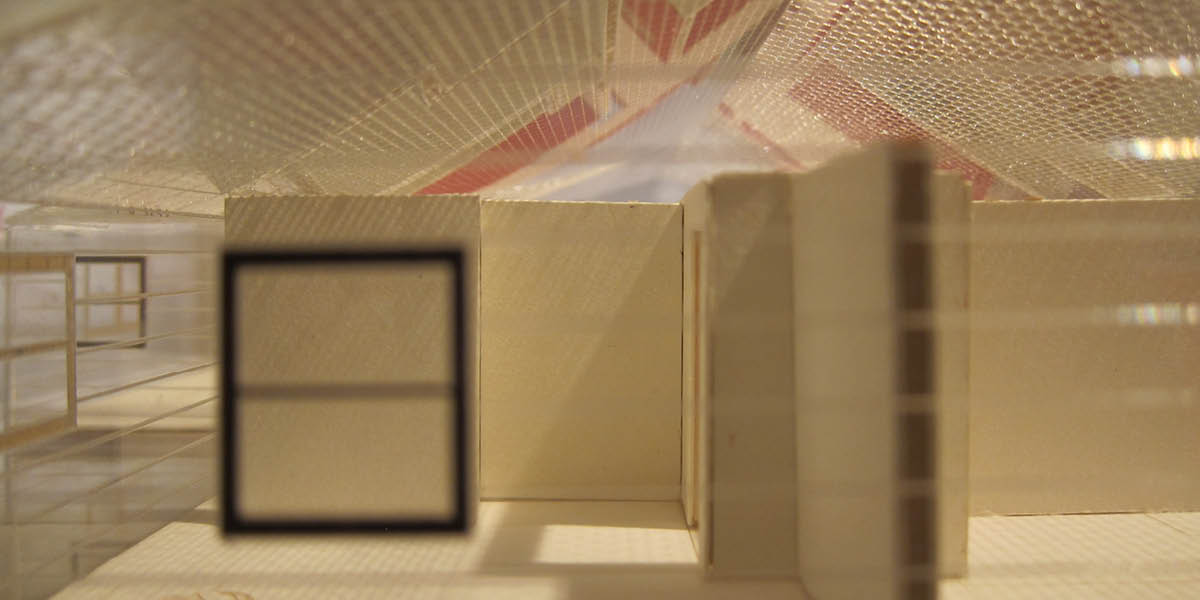
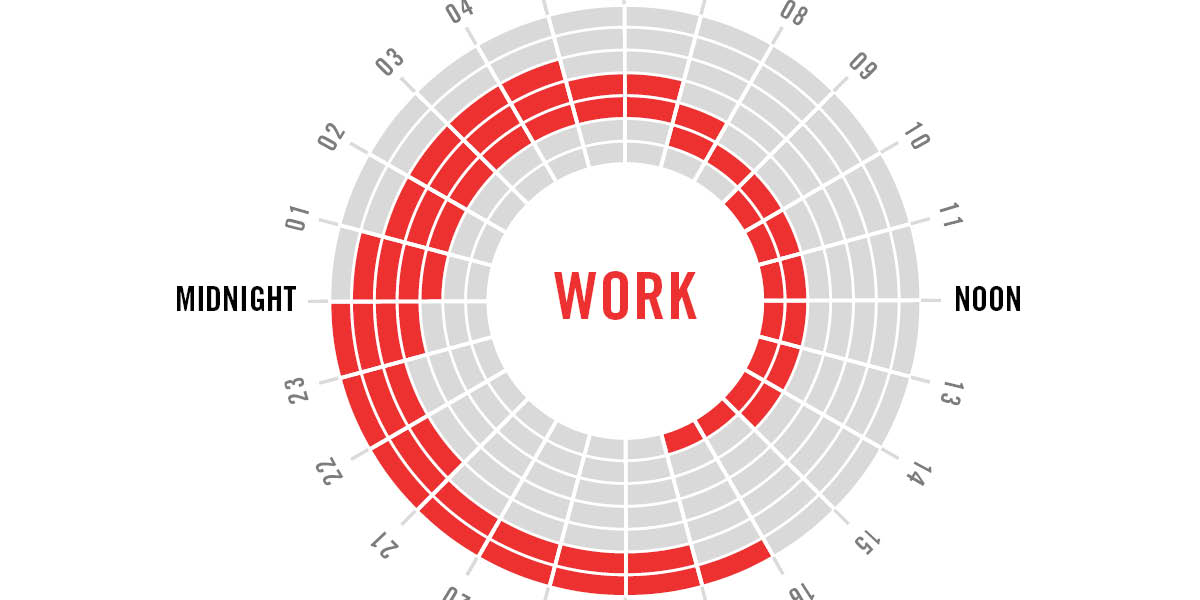
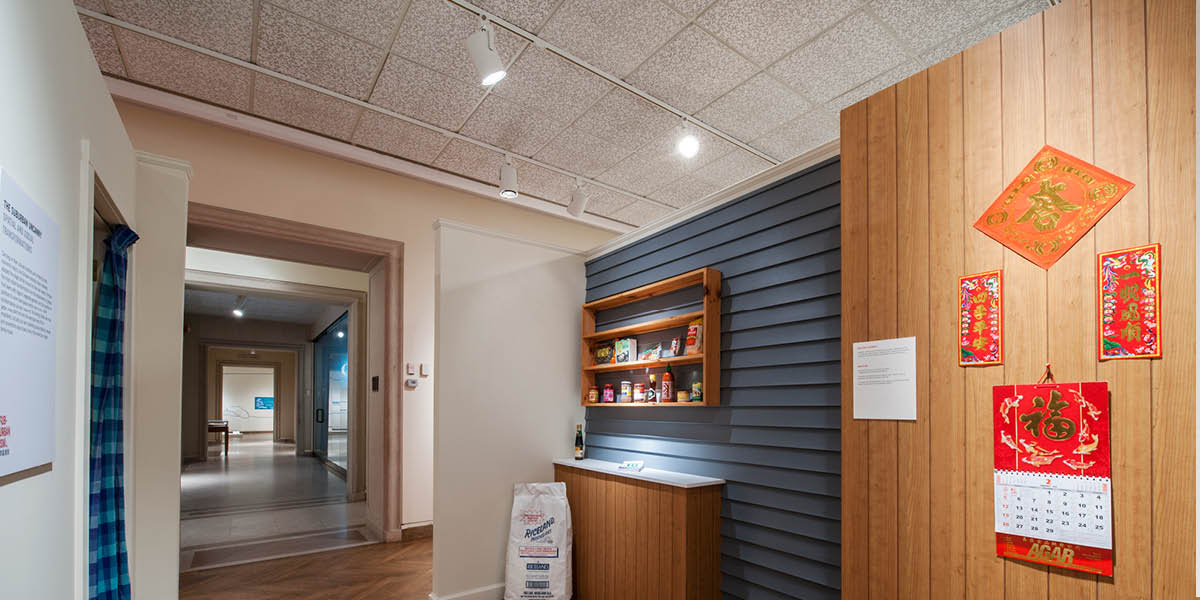
Exterior Interiorized: Extant siding serves as communal kitchen back splash. Photo: Anita Kan
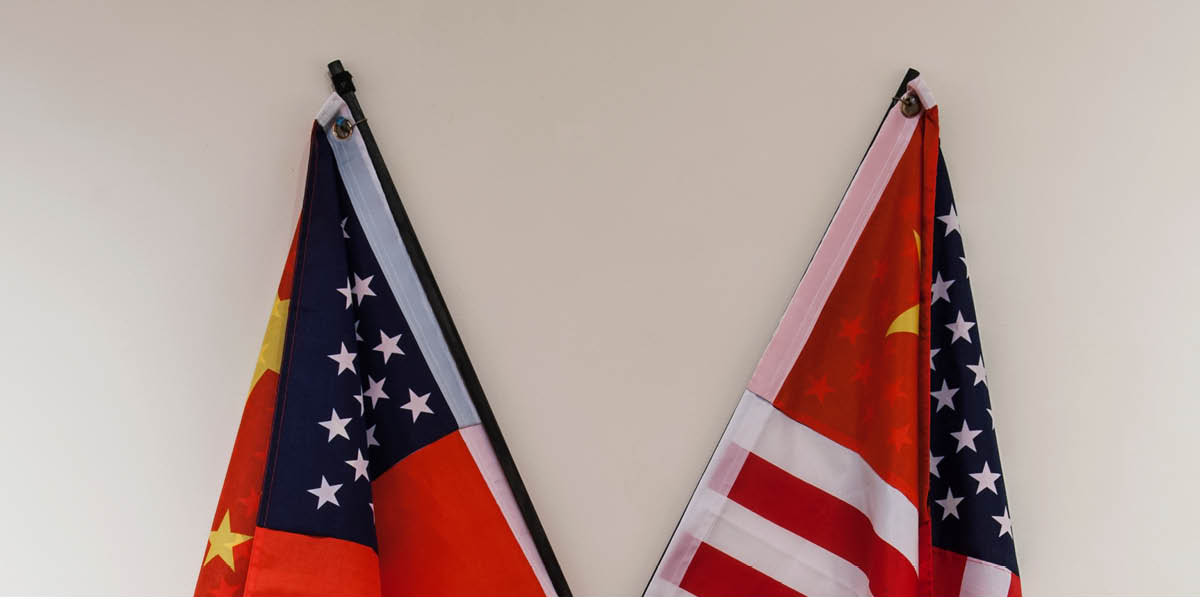
Hybrid Identities
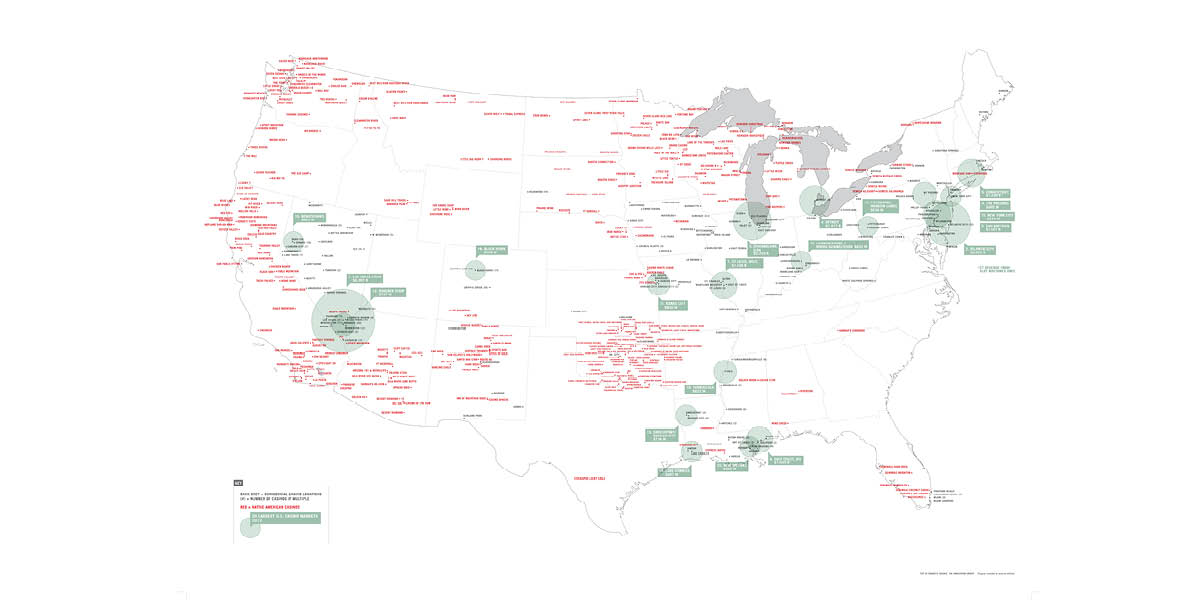
Casino Urbanization: A National Gamble
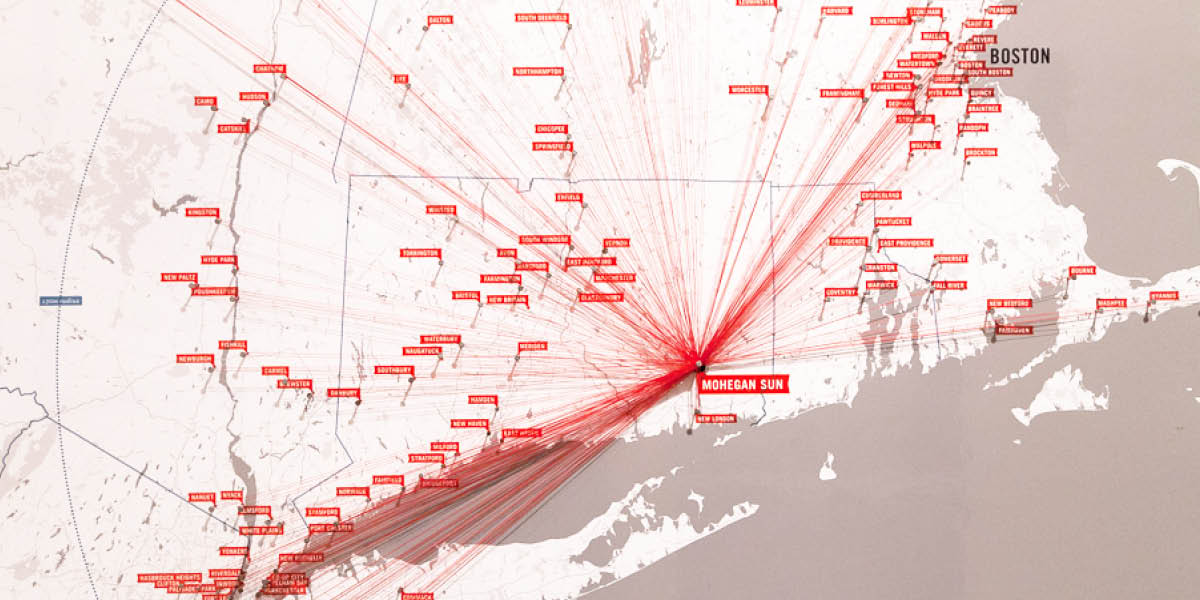
Regular Bus Routes
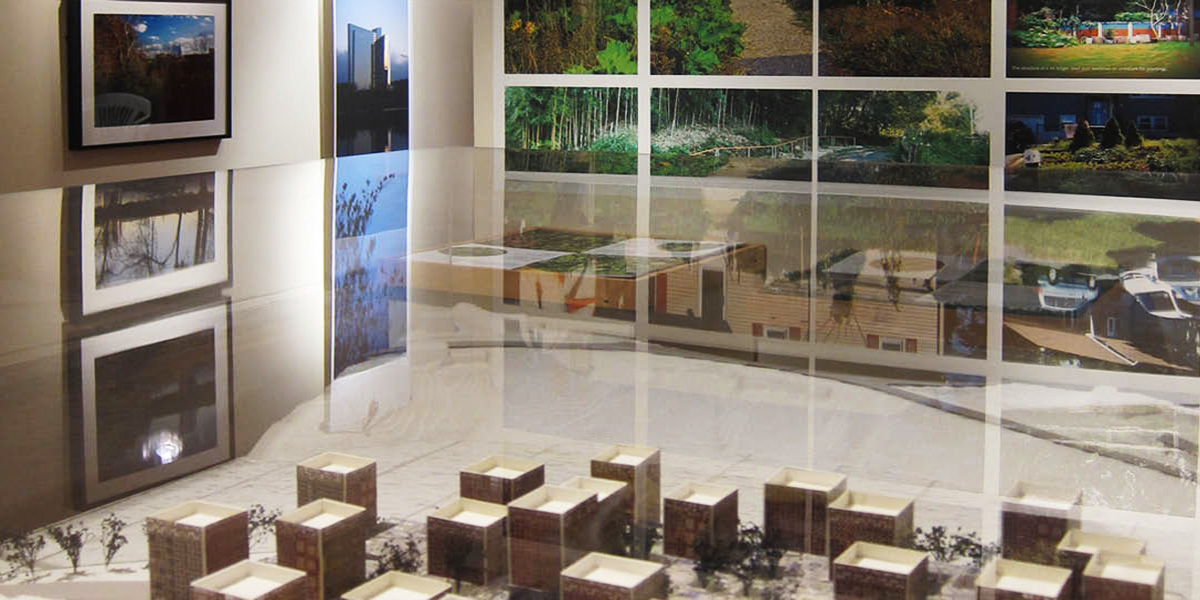
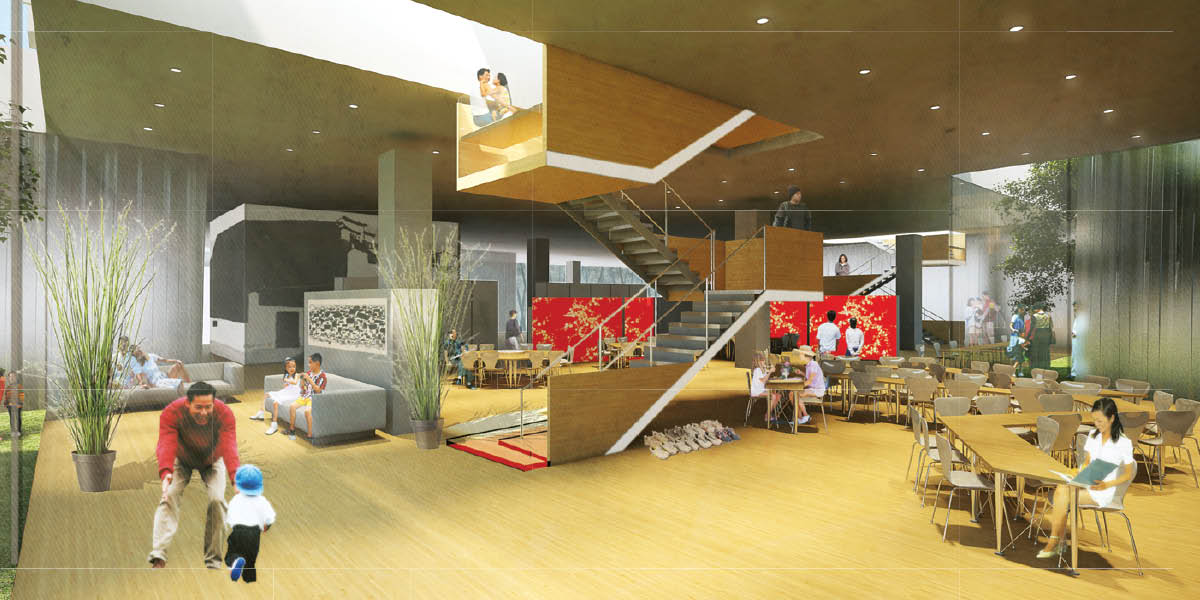
Application of Principles to a New Model for Living
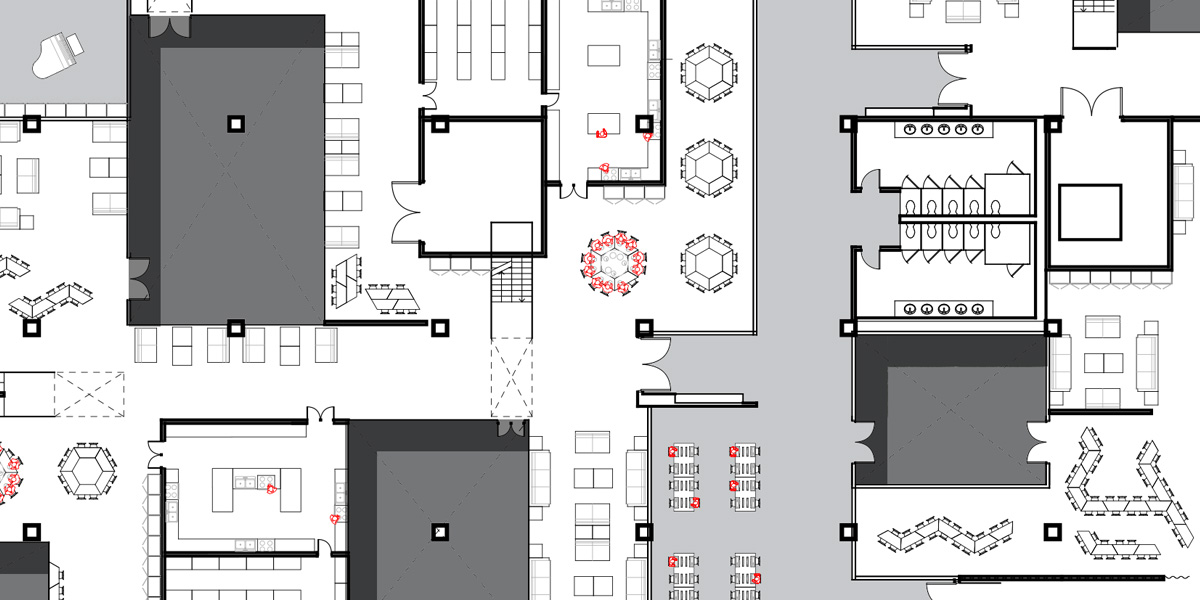
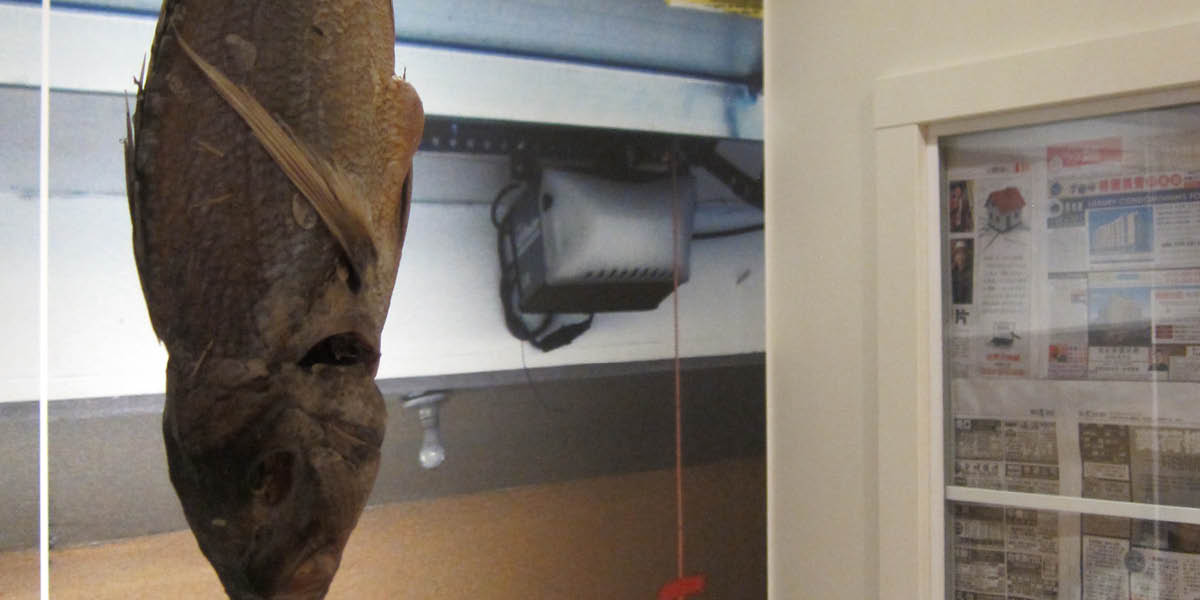
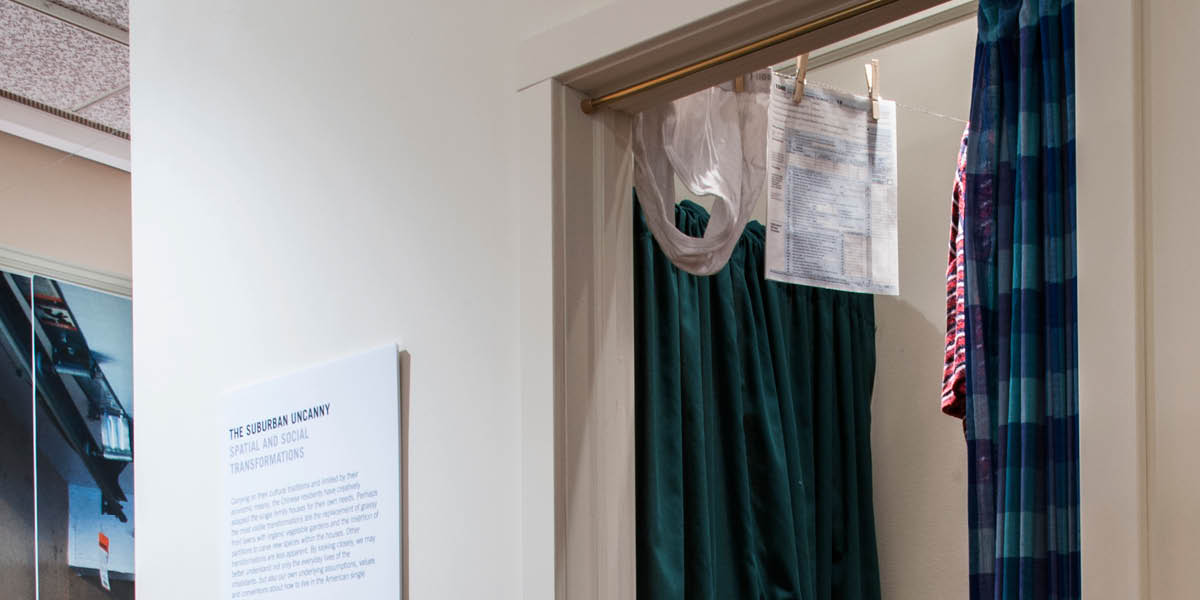
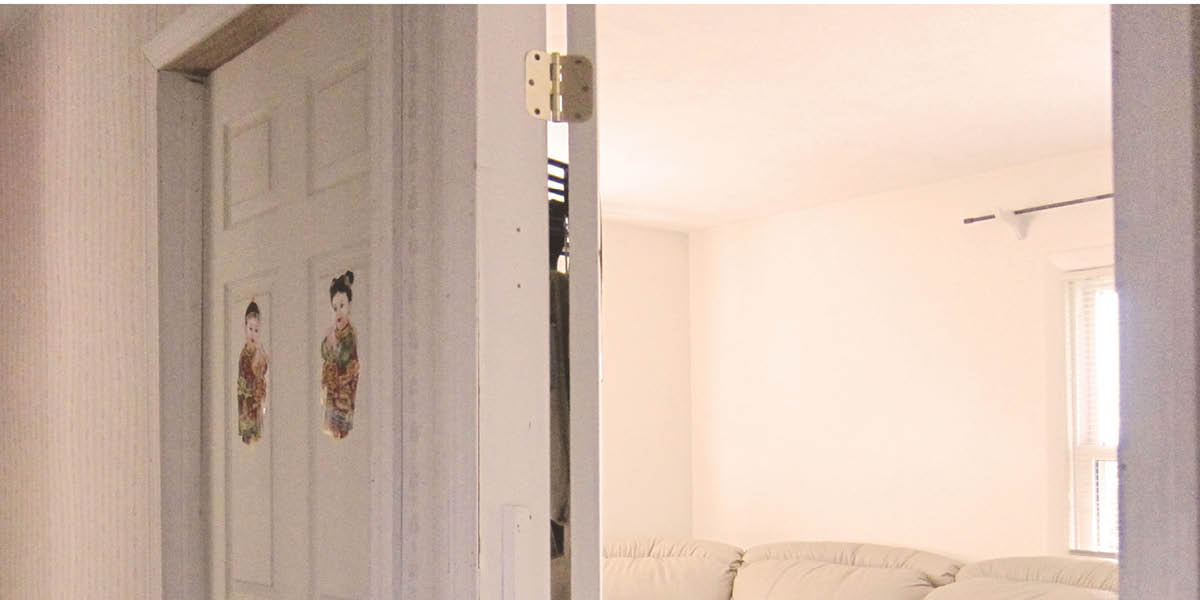
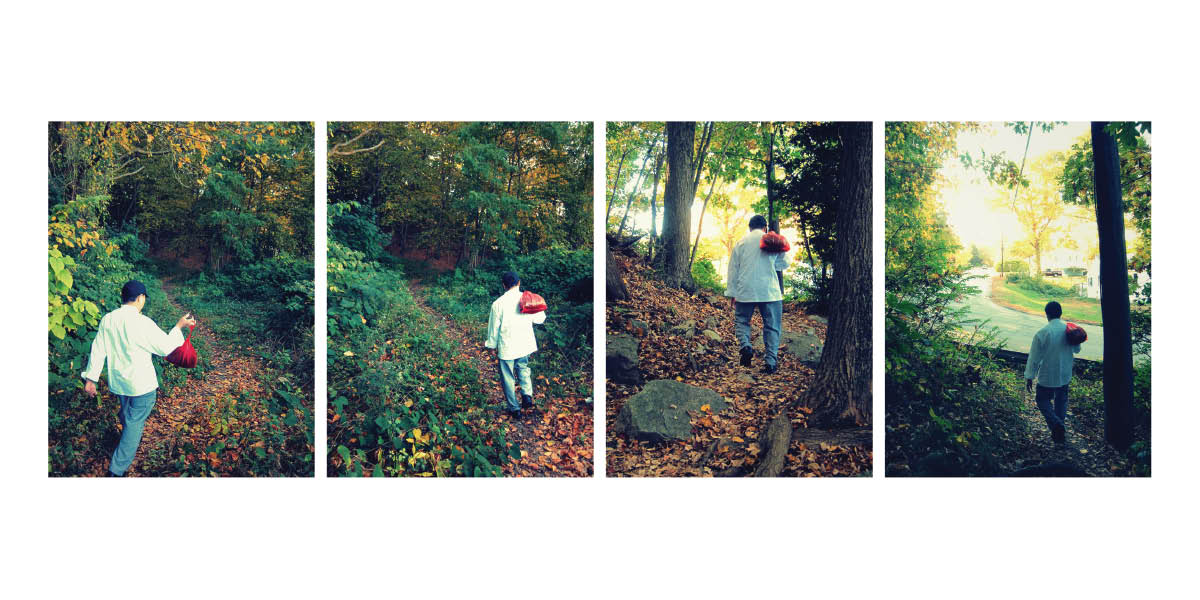
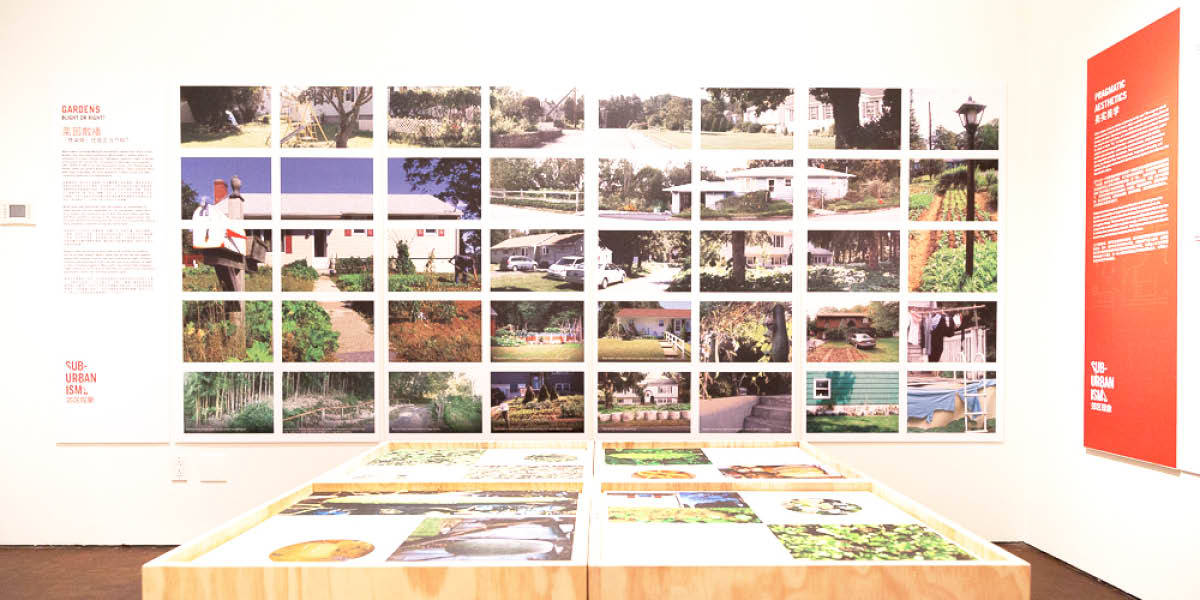
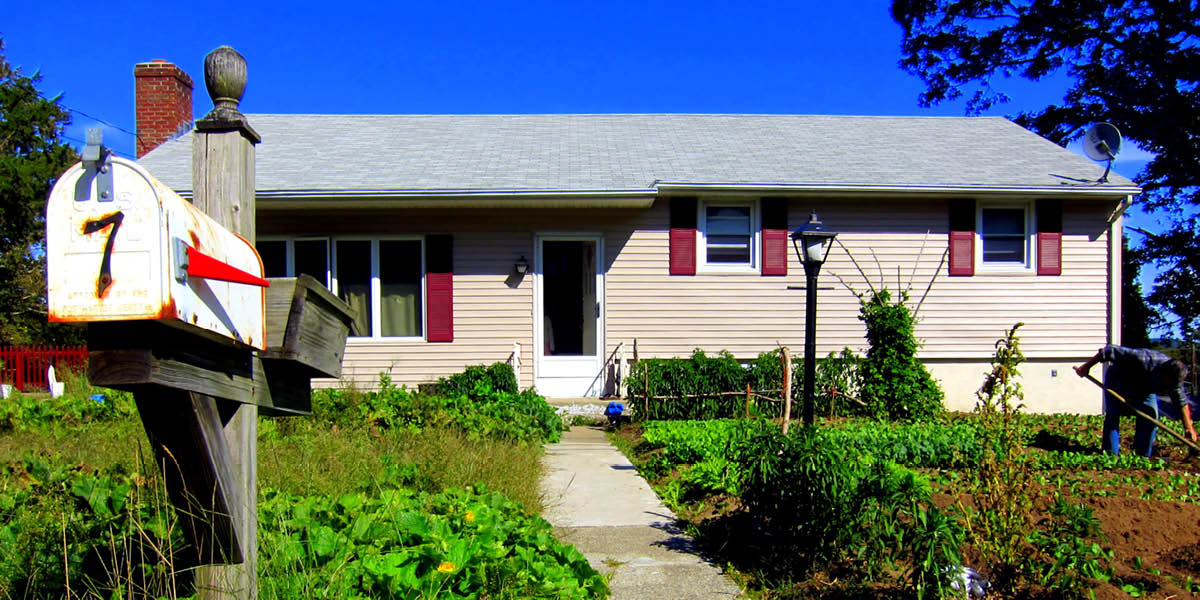
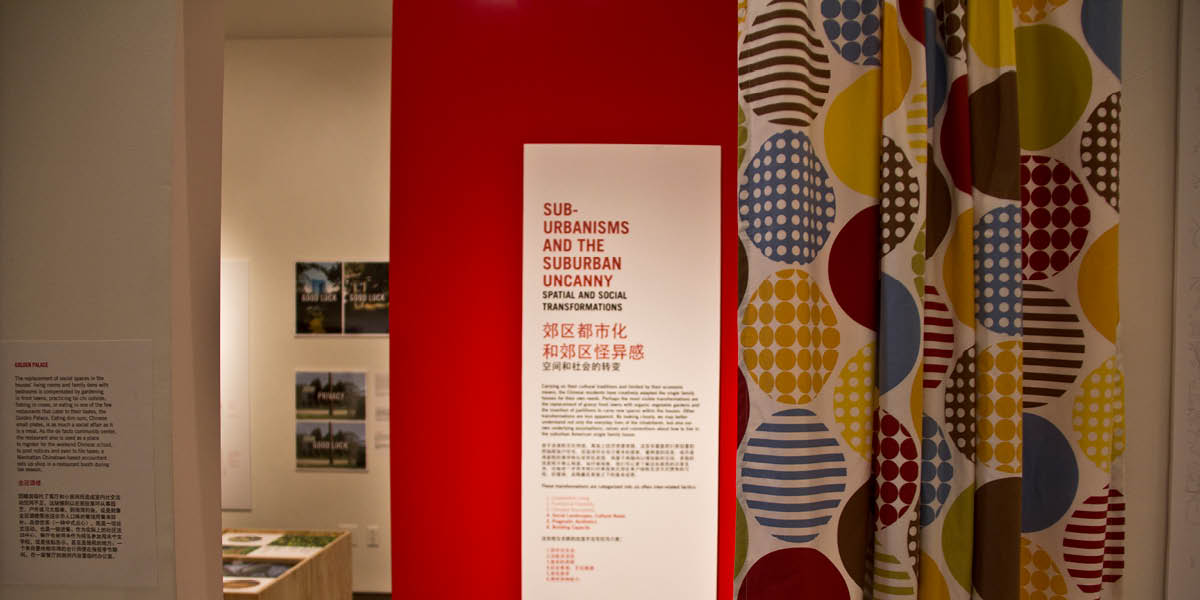
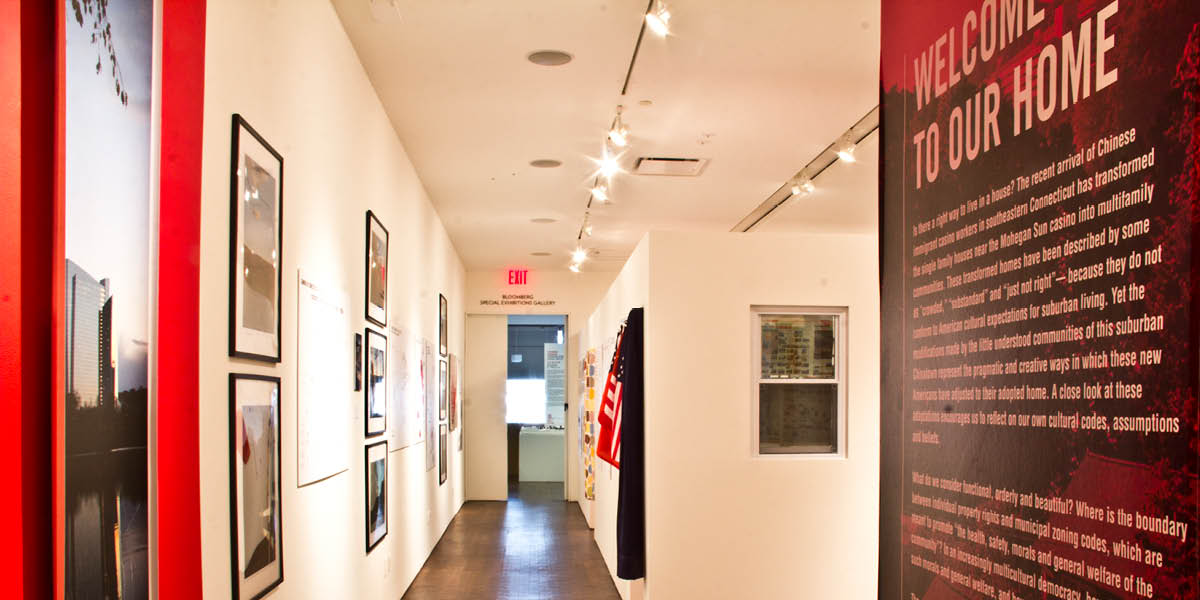
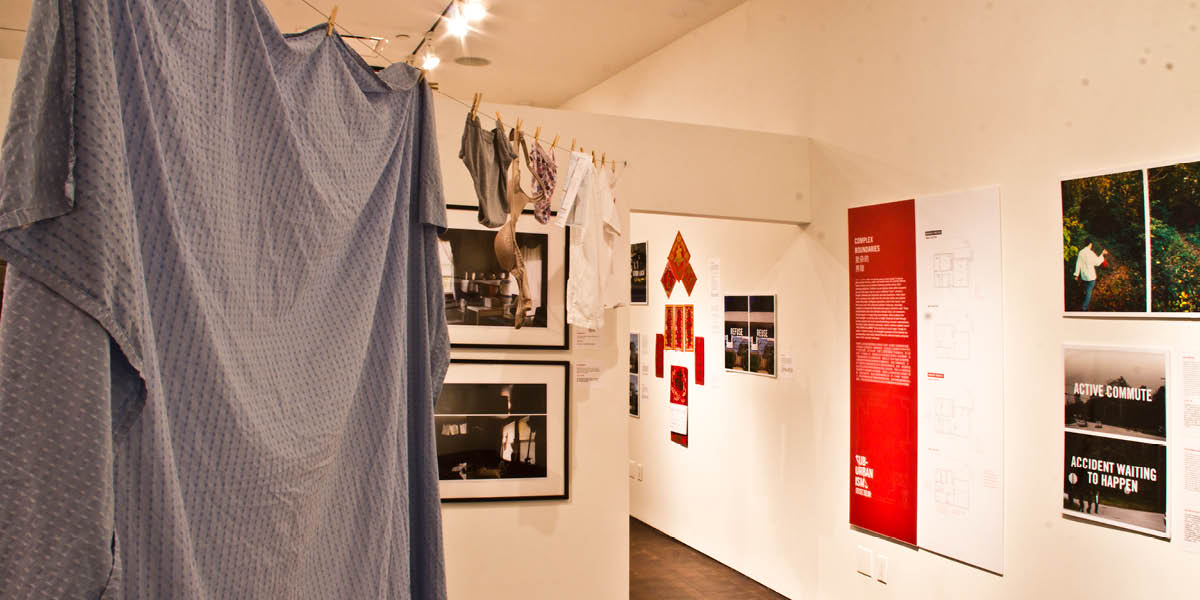
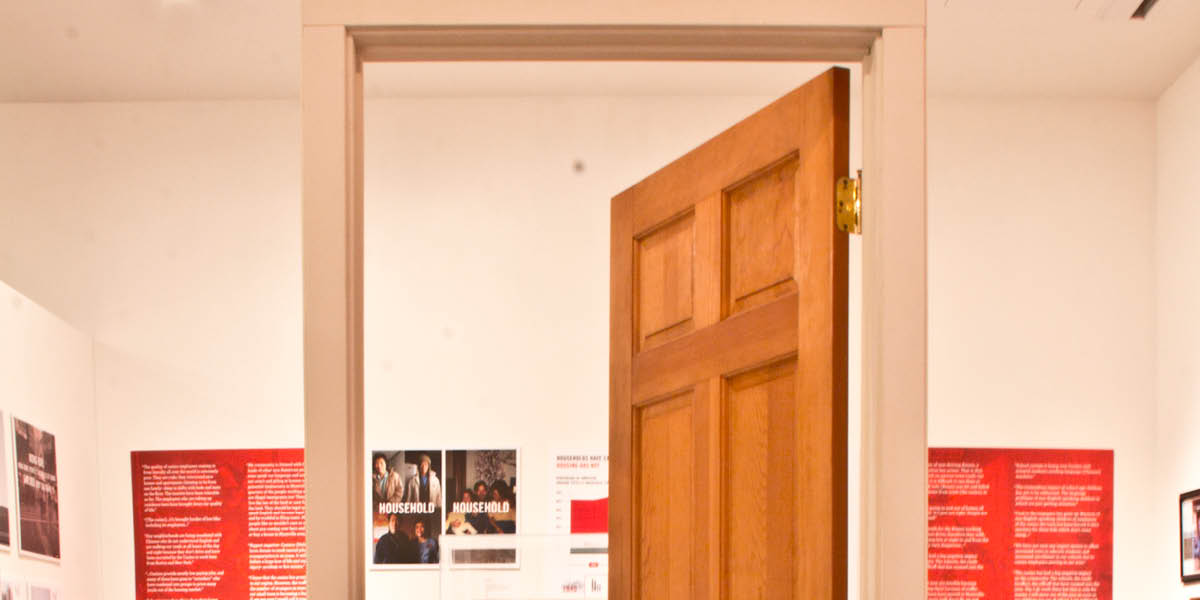
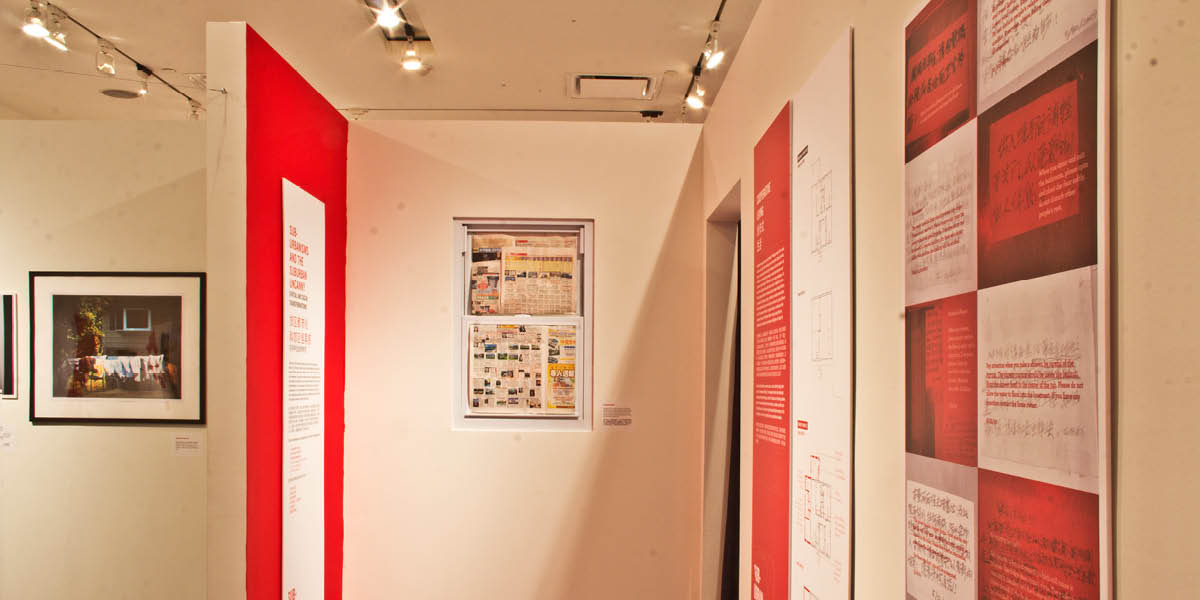
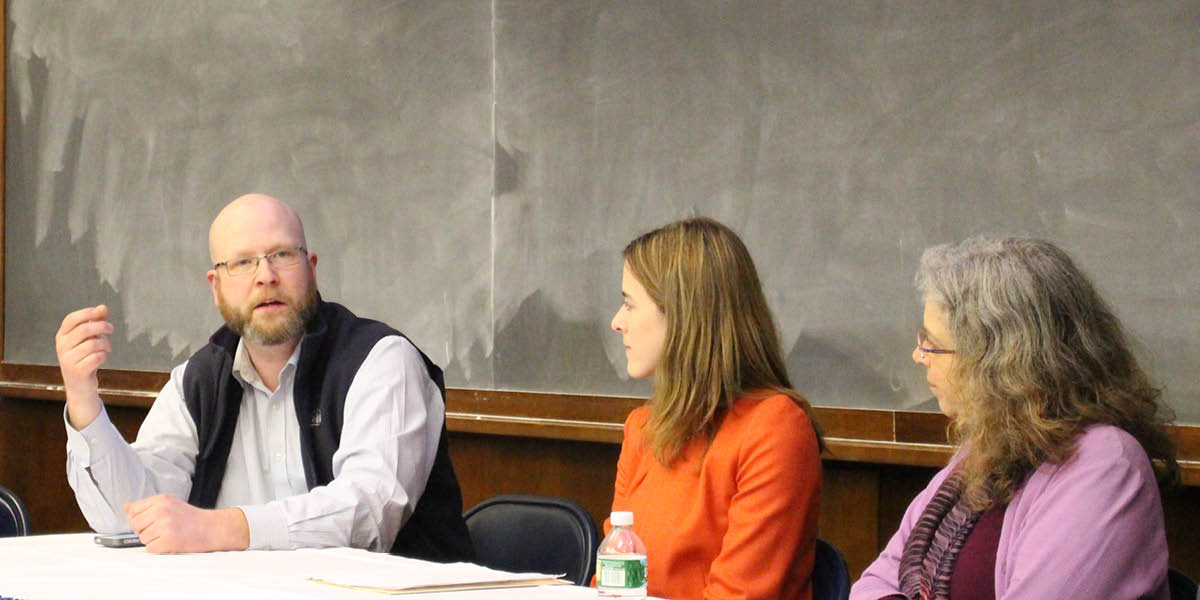
Jason Vincent, Chloe Taft, Ellen Pader at the public forum, Connecticut College/Lyman Allyn
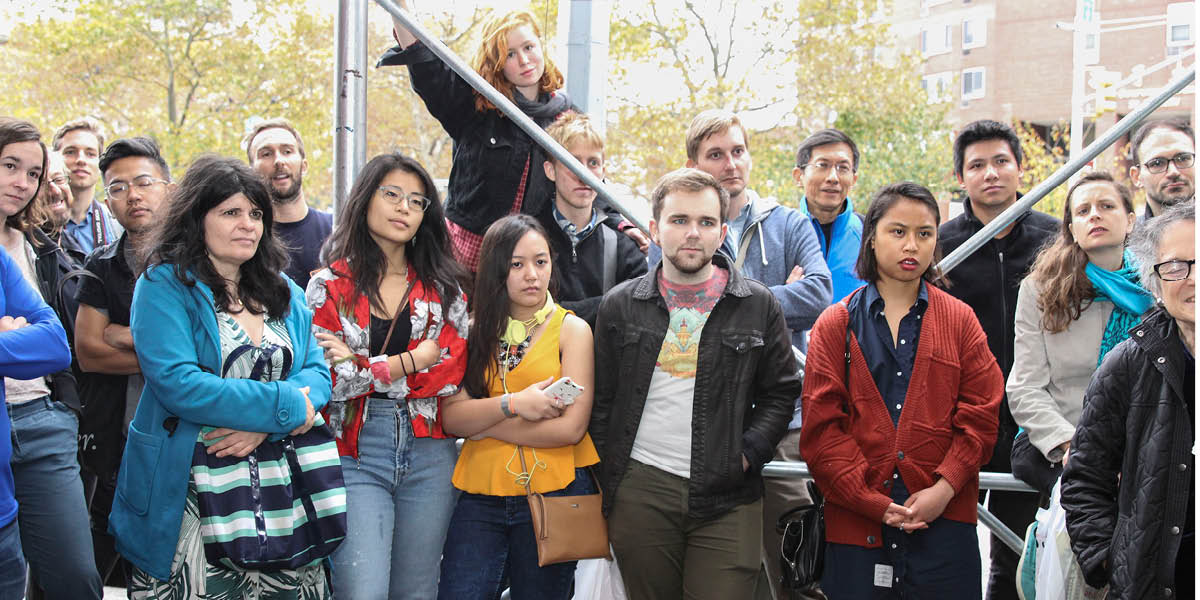
Van Alen Institute "Chinatown Periphery" tour
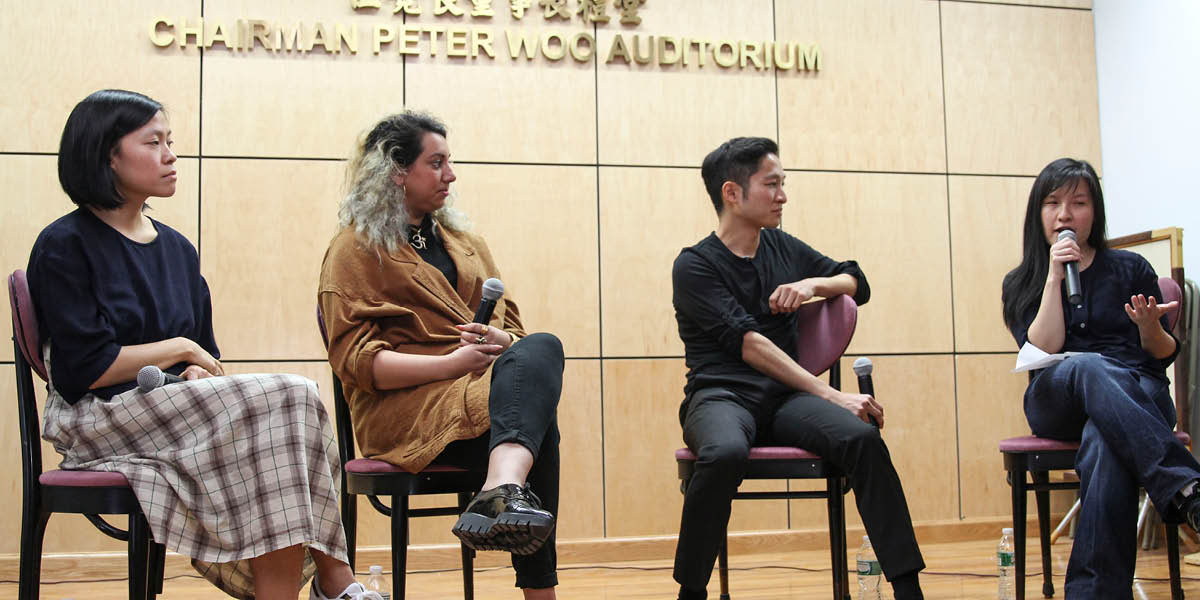
Irene Chin, Diya Vij, S. Fan, and Beatrice Chen at the Van Alen "Chinatown Periphery" discussion
